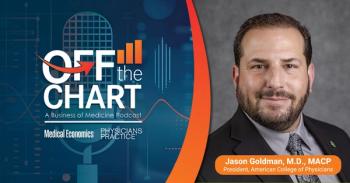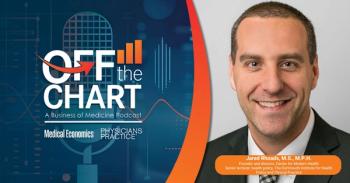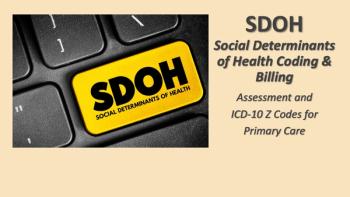
Our Patients Are Paralyzed by Choice
Providing patients with too many options may not help them at all. Without adequate resources to make well-informed decisions, they may just feel angry.
At the end of an office visit, each of our young patients is allowed to pick one sticker out of our "Prize Box." For patients who receive a shot, they get to pick one extra sticker per "poke." We often joke that even though the patient may be screaming mad with the doctor for giving the shot, the patient smiles widely for the receptionist who rewards bravery with a shiny sticker.
We've learned, over the years, to limit the variety of stickers to choose from. If there are only five or six choices, the kids make their selection quickly and are on their merry way. With 10 or more choices, it becomes a painfully long process where our patient becomes overwhelmed by choice.
For more than a decade, research has confirmed that too much choice is
Last month we attended The Economist Health Care Forum titled
First there was the expert who talked openly about oncologists who must consider not only which treatment is best for the patient, but which is best for the doctor's own financial stability. For example, when both in-office intravenous therapies as well as oral therapies are available, the doctor knows how much compensation he is passing up on if he recommends the pill. Later we witnessed one speaker expertly avoid answering the question of whether or not a woman in her 40s should have routine mammograms. When the World Health Organization says it's not necessary, and yet doctors employed by hospitals who profit from mammography say it should be the patient's choice, how is a patient really supposed to make the right decision? (On a personal note, Leann is in her 40s and stresses about this.) On the one hand we believe the research that states it's not necessary and yet Leann's doctor, whom we trust, recommends it. What if we make the wrong choice?
Health insurance companies also overwhelm patients with too much choice. On a daily basis we field questions from patients asking us which insurance plan they should choose. Since we have no idea which plan is best for us and our employees, there is even less hope of figuring out which is best for our patients. The worst is when patients think they are doing their homework and picking the right plan only to later discover that we do not participate in the plan they picked. In our community there exists the Tufts Health Network Plan Together as well as the Tufts Health Network Plan Direct. They have very similar names and yet the plans are in different payer networks (we're in one and not the other). We wonder how this confusing nomenclature is even legal given
At the end of the day, we know that asymmetric information will never allow patients to make the best choice. Doctors, researchers, and insurance plans know more than the typical patient ever could. Providing patients with a myriad of choices and the appearance of sufficient information (Google provides us with everything we need to know, right?) may feel like we are giving patients autonomy, but in fact we are just providing paralyzing doubt and mistrust.
Newsletter
Optimize your practice with the Physicians Practice newsletter, offering management pearls, leadership tips, and business strategies tailored for practice administrators and physicians of any specialty.









